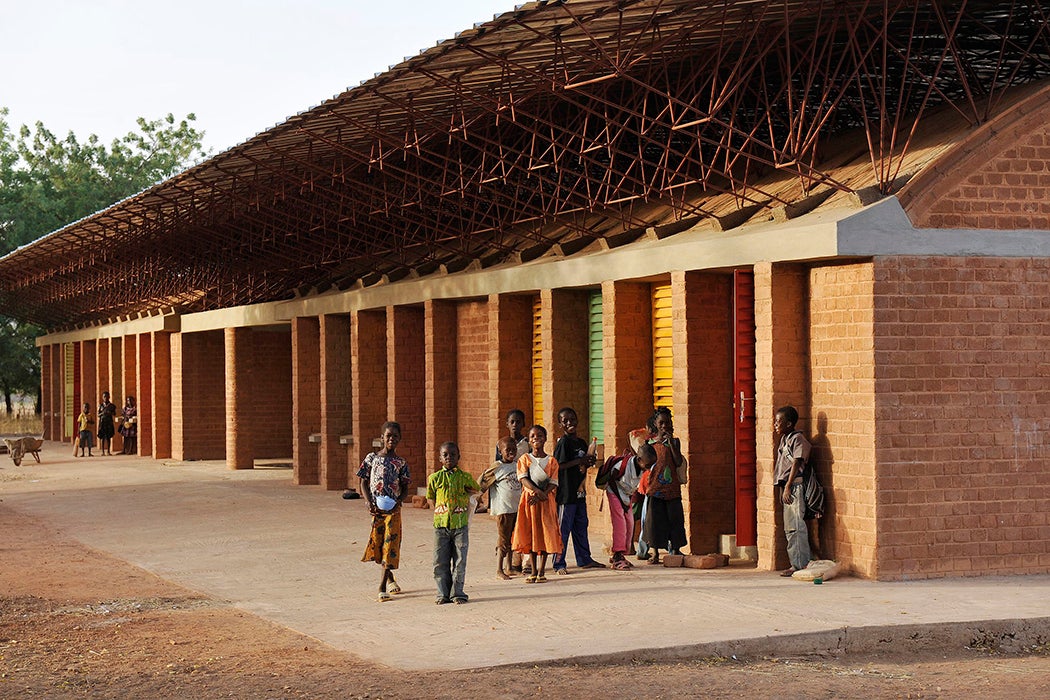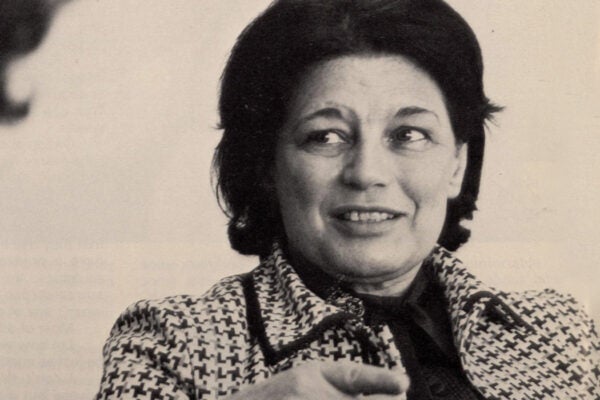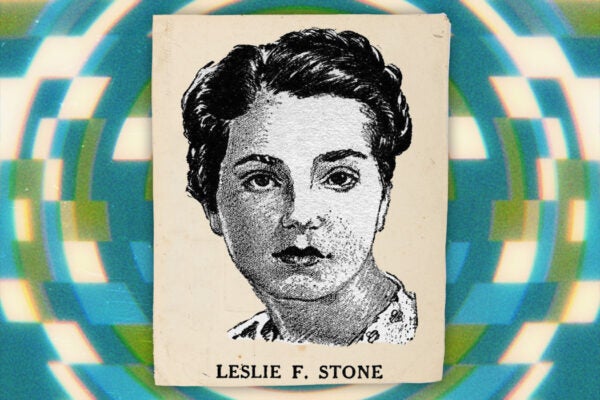American architect Phillip Johnson was the inaugural winner of the Pritzker Prize in 1979. Johnson was a fitting candidate, as his influence over the architectural world at that point was undeniable. He wasn’t just an architect; he was also a writer, critic, historian, and curator, given credit for coining the term “International Style” in the 1932 exhibit at the Museum of Modern Art that he co-curated with historian Henry-Russell Hitchcock. Johnson’s legacy has since become far more complicated, with writings that expressed Fascist and Nazi sympathies—both of which he renounced later in life. In reviewing the many obituaries written for Johnson after his passing in 2005, architect and writer Stanley Abercrombie wrote that “[w]e cannot yet determine to what degree, for which accomplishments, and in what light Philip Johnson will find a place in architectural history, a field he knew well, respected highly, and changed.” And yet, this is the challenge of the Pritzker Prize. Awarding architects working today, highlighting their important contributions to the field, without knowing how their legacies will play out.
The Pritzker Architecture Prize was founded by Jay and Cindy Pritzker to encourage public interest and greater creativity in architecture. Notable for being from one of the wealthiest families in the United States, the Pritzkers have been celebrated for their dedication to architecture. They were recognized by the National Building Museum’s Honor Award in 1996. The Jay A. Pritzker Pavilion, designed by Frank Gehry, was completed in 2004 in Chicago’s Millennium Park, just five years after Pritzker’s death. The architects chosen for the Pritzker Prize are awarded $100,000 and a bronze medal, along with being celebrated at a ceremony held every May at an architecturally significant location. While the first two award ceremonies were held at Dumbarton Oaks in Washington, DC, other ceremony locations have included the Palazzo Grassi in Venice, Akasaka Palace in Tokyo, and the Getty Center in Los Angeles.
Many well-known architects have been awarded the Pritzker: I.M. Pei in 1983; Frank Gehry in 1989; Norman Foster in 1999. The awarding of it to Jacques Herzog and Pierre de Meuron in 2001 marked the first time it was given to a pair of partners. That was one-upped when the three architects of RCR Arquitectes—Rafael Aranda, Carme Pigem, and Ramon Vilalta—were recognized with the 2017 Pritzker Prize.
One of the recent awardees is Diébédo Francis Kéré, who was celebrated in 2022. Born in Burkino Faso, Kéré was given the opportunity at the young age of seven to leave his village and gain an education. He eventually moved to Germany to pursue architecture but did not forget his homeland. He developed a career focused on community projects and vernacular architecture. Returning to his hometown of Gando to help design and build the village’s first primary school, Kéré carefully selected materials that worked well in the environment, and he engaged the whole community in its construction.
Architect and professor Nassar Rabbat explains that Kéré “fundamentally believed in [Gando’s] right to architecture rather than in [his] own humanitarian aspiration to provide that architecture.” Working cooperatively with the village, he “invented a double roof structure of adobe and tin that reduced the heating effect of the sun and passively provide[d] for the substantially cooler interior” that more modern construction materials such as concrete wouldn’t have offered in such a rural area. Beyond that, Kéré became the principal fundraiser, “collect[ing] the entire school’s cost from community members living abroad while he was completing his architectural education in Berlin.”
Weekly Newsletter
The Pritzker Prize isn’t without its own controversies. Award winners have historically been male architects from either the United States or Europe, even when the body of work backing the award-winning designer was completed in collaboration with a woman architect. In his 2005 analysis of Pritzker Prize data, architectural critic Michael Sorkin explained that a “cursory glance at the list of winners reveals the self-evident: As in so many areas of life, it helps to be a white guy.” It’s well-known that Denise Scott Brown wasn’t equally celebrated when her partner Robert Venturi was awarded the Pritzker Prize in 1991, but Lu Wenyu was also denied recognition when Wang Shu won in 2012. Wang became the first Chinese citizen to be awarded the Pritzker Prize for his work done under Amateur Architecture Studio, which he co-founded with Wenyu in 1997. And it wasn’t until 2004 that the first woman architect, Zaha Hadid, was awarded the Pritzker Prize. But the statistics of the typical awardee are changing. The twenty-first century has seen awardees that are far more diverse than those of the twentieth.
So, which architect(s) out there will be awarded the next Pritzker Prize? Well, we’ll have to wait and see. While the award ceremony is always held in May, the winner is traditionally announced in early March.
Support JSTOR Daily! Join our membership program on Patreon today.







